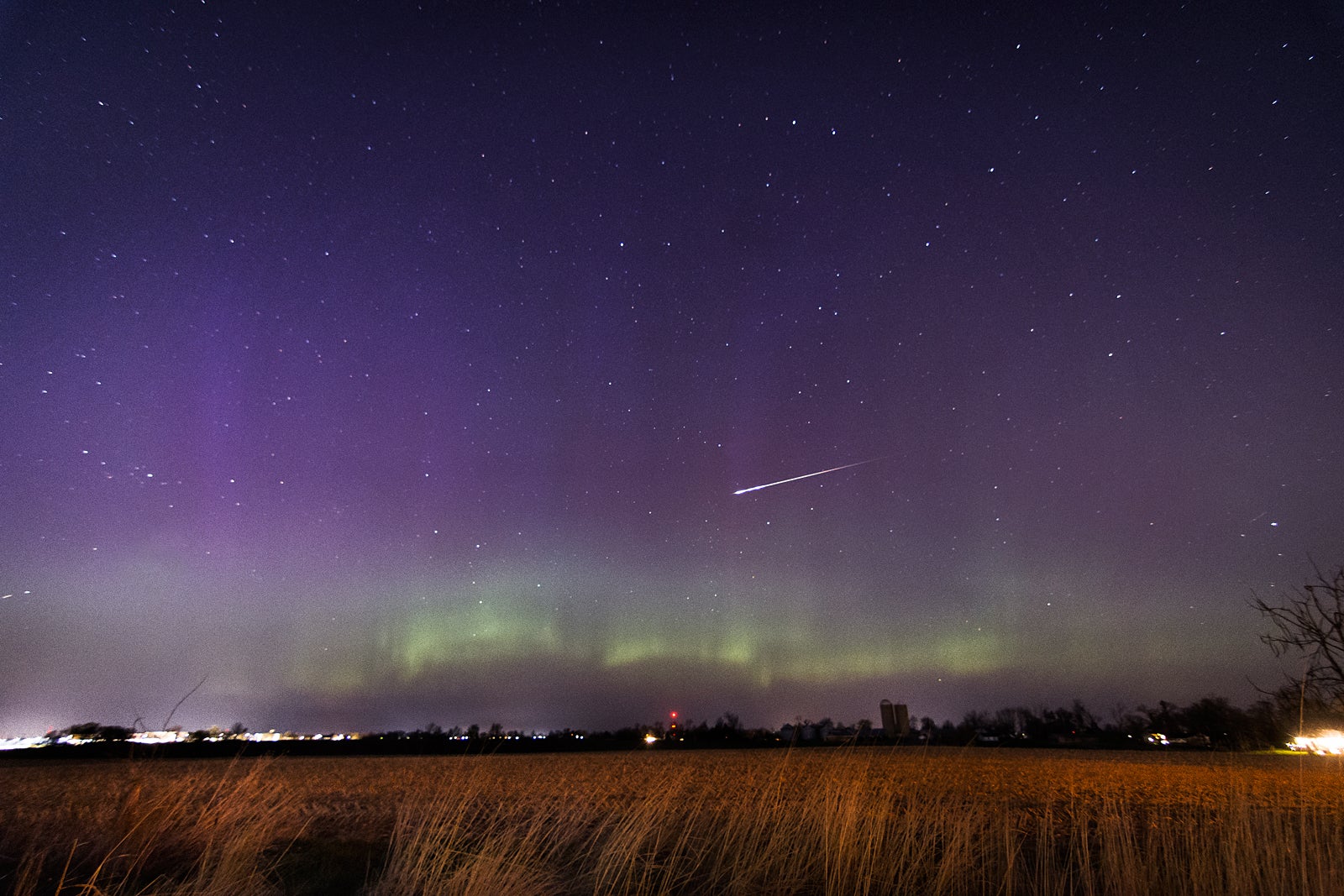
The Lyrid meteors peak this week — how many can you spot?
Meteor showers are produced when specks of debris left behind by comets burn up in Earth’s atmosphere. For the Lyrids, we have Comet Thatcher (C/1861 G1) to thank. Every April, when Earth plows into Thatcher’s debris trail, we get a shower of meteors, appearing to radiate from a point in Lyra the Harp.
The Lyrids are often a good shower and typically produce between five to 20 meteors per hour. Unfortunately, they coincide this year with a close-to-Full Moon, which may wash out faint meteors. But if you get away from city lights to a clear sky and stay up late — the best time to observe any meteor shower is after midnight — you should see some bright ones.
Follow Astronomy magazine, the world’s best-selling astronomy magazine:
🌎 Website: https://astronomy.com
📖 Subscribe: http://subscribe.astronomy.com
📘 Facebook: https://www.facebook.com/AstronomyMagazine
📸 Instagram: https://instagram.com/astronomy.magazine
🐦 X/Twitter: https://twitter.com/AstronomyMag
Shop Celestron telescopes:
🔭 Website: https://celestron.com
Follow Dave Eicher:
📘 Facebook: https://www.facebook.com/davidjohneicher
📸 Instagram: https://instagram.com/eicher.david
🐦 X/Twitter: https://twitter.com/deicherstar









